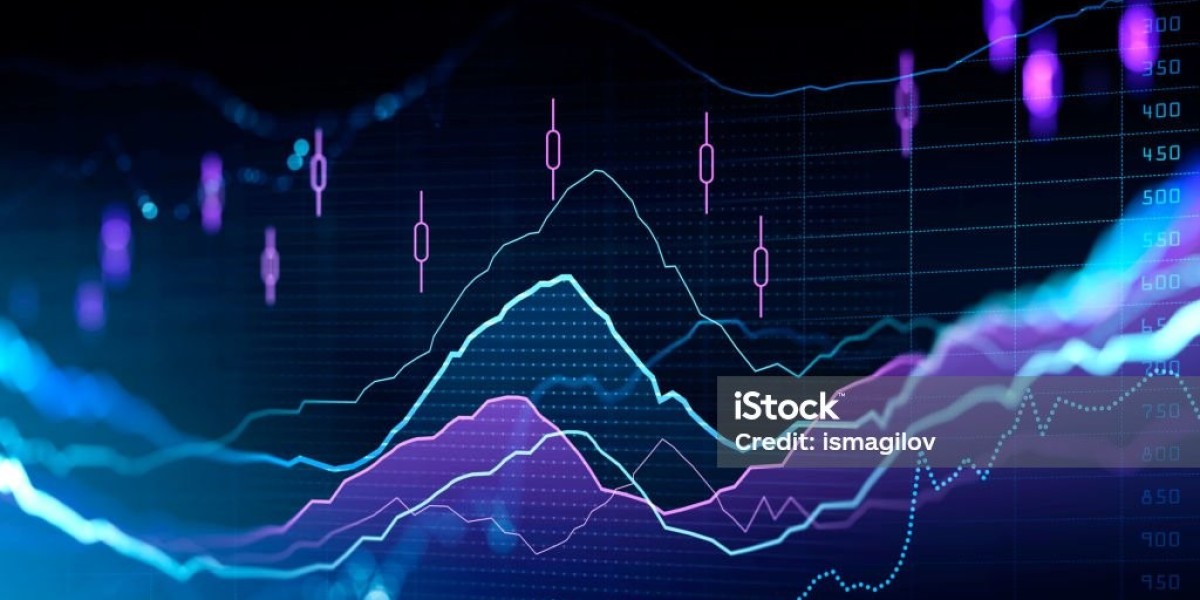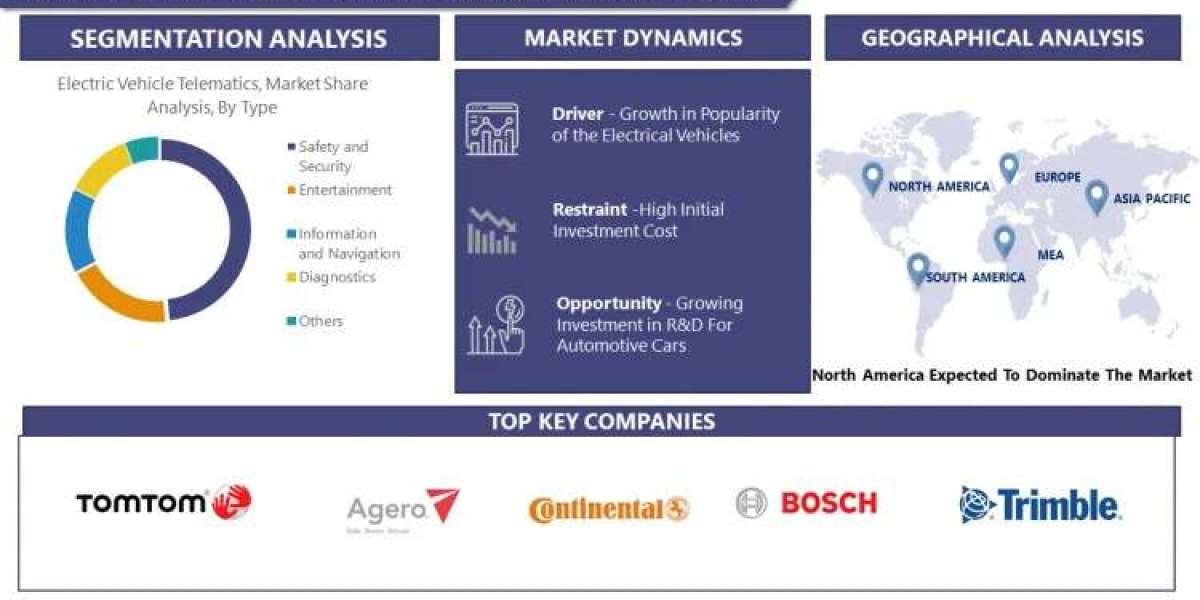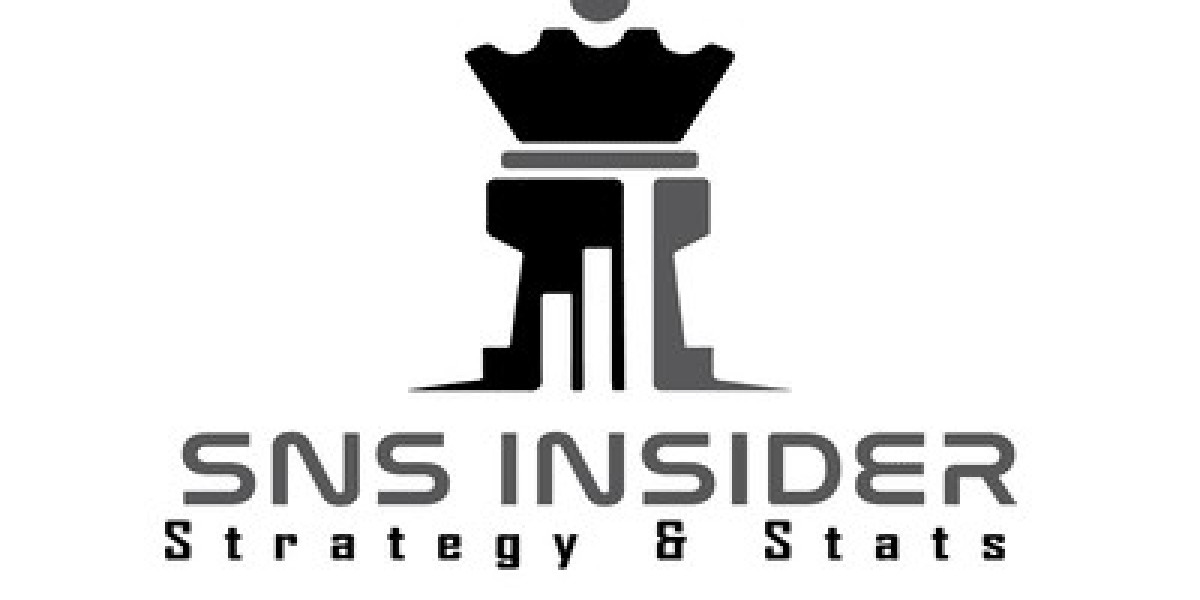Micro futures are a relatively new financial derivative product that has gained popularity among traders and investors. These contracts are similar to traditional futures contracts but come with some key differences, particularly in terms of size and accessibility. Here's an overview of micro futures:
What Are Micro Futures?
Micro futures are smaller-sized futures contracts that allow traders to speculate on the future price of an underlying asset, such as commodities, stock indices, or currencies. These contracts were introduced to make futures trading more accessible to a broader range of market participants, including retail investors and traders with smaller capital.
Key Features of Micro Futures:
Smaller Contract Size:
The most significant difference between micro futures and standard futures contracts is the contract size. Micro futures are a fraction of the size of their standard counterparts. For example, while a standard E-mini S&P 500 futures contract might represent a notional value of $50 times the index value, a micro E-mini S&P 500 futures contract could represent a notional value of $5 times the index value. This reduced size makes micro futures more affordable for traders with limited capital.
Lower Margin Requirements:
Because of their smaller size, micro futures typically have lower margin requirements than standard futures contracts. This means that traders can enter into positions with less initial capital. However, it's important to note that leverage in futures trading can amplify both gains and losses, so risk management remains crucial.
Greater Accessibility:
Micro futures aim to democratize futures trading by allowing retail investors and traders with smaller accounts to participate in the futures markets. They provide a cost-effective way to gain exposure to various asset classes without the substantial capital commitment required for standard futures.
Liquidity:
The liquidity of micro futures contracts can vary depending on the underlying asset and market conditions. Popular contracts, such as micro E-mini S&P 500 futures, tend to have good liquidity, making it easier for traders to enter and exit positions with minimal slippage.
Diverse Asset Classes:
Micro futures are available on a range of asset classes, including stock indices (e.g., S&P 500, Nasdaq 100), commodities (e.g., crude oil, gold), and currencies (e.g., euro, Japanese yen). This diversity allows traders to choose contracts that align with their trading strategies and market views.
Benefits of Micro Futures:
1. Affordability: Micro futures are accessible to traders with smaller accounts, making it easier to diversify their portfolios.
2. Risk Management: With lower margin requirements, traders can manage their risk more effectively.
3. Diversification: Micro futures offer exposure to various asset classes, allowing for portfolio diversification.
4. Liquidity: Popular micro futures contracts often have sufficient liquidity for trading.
5. Accessibility: They provide an opportunity for retail investors to participate in futures markets.
However, it's important to approach micro futures trading with a solid understanding of futures markets, risk management strategies, and a well-thought-out trading plan. Futures trading can be highly leveraged and involves inherent risks, so it's advisable to seek education and guidance before engaging in such trading activities.
Advantages of Trading Micro Futures:
1. Precision Position Sizing:
Micro futures are excellent for precise position sizing. Traders can adjust their positions more granularly to match their risk tolerance and account size. This precision allows for more accurate risk management.
2. Portfolio Diversification:
Micro futures enable traders to diversify their portfolios across different asset classes. This diversification can help spread risk and potentially enhance overall portfolio performance.
3. Trading Strategies:
Micro futures are versatile instruments that can be used with various trading strategies, including day trading, swing trading, and long-term investing. Traders can adapt their strategies to suit different market conditions.
4. Risk Mitigation:
The lower margin requirements associated with micro futures can be advantageous for risk-averse traders. It allows them to engage in futures trading with reduced exposure and financial commitment.
5. Learning Opportunities:
For novice traders, micro futures serve as a valuable learning tool. They provide a platform to gain experience in futures markets with less capital at risk compared to standard futures contracts.
Considerations and Risks:
1. Leverage:
While lower margin requirements can be an advantage, they also mean that traders are using leverage. Leverage magnifies both profits and losses, so it's critical to have a solid risk management plan in place.
2. Market Volatility:
Futures markets can be highly volatile, and micro futures are no exception. Traders should be prepared for price swings and use stop-loss orders to protect their capital.
3. Liquidity:
Liquidity can vary among different micro futures contracts. It's essential to assess the liquidity of the specific contract you intend to trade to ensure you can enter and exit positions efficiently.
4. Knowledge and Education:
Futures trading requires a good understanding of the markets, trading strategies, and risk management principles. Traders should invest time in education and may consider starting with paper trading to practice their strategies.
5. Costs:
While micro futures have lower upfront costs compared to standard futures, traders should be aware of other associated costs, including commissions and fees, which can impact overall profitability.
In conclusion, micro futures provide a valuable avenue for traders to participate in futures markets with lower capital requirements. They offer affordability, flexibility, and the potential for diversification. However, they also come with inherent risks due to leverage and market volatility. As with any trading endeavor, thorough research, education, and a well-defined trading plan are essential for success in micro futures trading.








